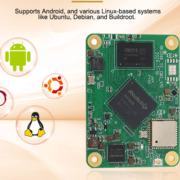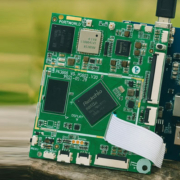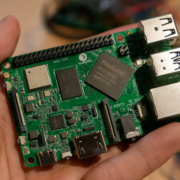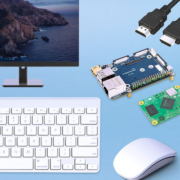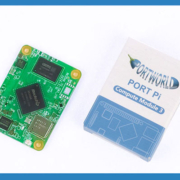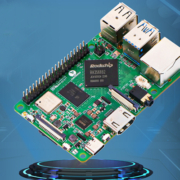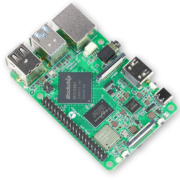What is SoM Board?
In the world of embedded systems and IoT product development, the term SoM Board—short for System on Module Board—has become increasingly common. It is a powerful yet compact solution that simplifies the integration of processing power into custom hardware designs. But what exactly is a SoM board, and why is it becoming the go-to choice for smart home devices, industrial control systems, and more? Let’s explore.
Definition: What is a SoM Board?
A System on Module (SoM) is a small, modular board that contains the core components of a computer:
- CPU (Processor)
- RAM (Memory)
- Storage (eMMC/Flash)
- Power Management Unit
- Sometimes Wi-Fi/Bluetooth, GPU, and PMICs
Unlike a traditional Single Board Computer (SBC), the SoM board is not a complete standalone device. Instead, it’s designed to be integrated with a carrier board (or baseboard), which provides the physical I/O connectors (USB, Ethernet, HDMI, etc.) and application-specific circuitry.
Together, the SoM + Carrier Board create a complete embedded platform.
Why Use a SoM Board?
SoM boards are especially useful in industrial, commercial, and consumer electronics where customized hardware is required. Here’s why developers and OEMs choose SoMs:
- Modular Design for Flexibility
- The separation of computing (SoM) and I/O/interface (carrier board) allows developers to reuse the SoM across different projects, while customizing the carrier board based on use-case needs.
- Accelerated Development Time
- By using a pre-engineered, pre-tested SoM, developers avoid the complex task of CPU and memory layout design. This shortens the hardware design cycle and reduces time to market.
- Scalability and Upgradeability
- If a new processor is released, you can often upgrade the SoM without redesigning the entire carrier board, making it easier to scale your product line.
- Reduced Risk
- The critical and complex functions (like DDR routing, power management, and boot logic) are handled on the SoM, minimizing design errors and improving stability.
Common Applications of SoM Boards
SoM boards are used in a wide range of industries, including:
- Smart Home Control Panels
- Industrial Automation Systems
- Medical Devices and HMIs
- Digital Signage and Kiosks
- Retail POS Systems
- Smart Agriculture and Energy Management
At Portworld, our SoM boards—such as the P6802 (RK3568) and P6602 (RK3566)—are optimized for Android and Linux platforms and are widely used in smart displays, control panels, and embedded touch systems.
SoM vs SoC vs SBC: What’s the Difference?
- SoC (System on Chip): A chip that integrates CPU, GPU, memory controller, and other functions on a single silicon die. SoCs are inside SoMs.
- SoM (System on Module): A circuit board that houses the SoC along with RAM, storage, and power circuitry. It connects to a carrier board.
- SBC (Single Board Computer): A complete, standalone board that integrates both the SoM functions and the carrier board on a single PCB.
Think of it this way:
SoC = Brain
SoM = Brain + Memory + Organs
SBC = Whole Body with Interface Ports
Portworld SoM Board Example: P6802 RK3568
Our P6802 SoM board is based on the Rockchip RK3568 quad-core ARM Cortex-A55 processor. It supports Android 11, Debian, Ubuntu, and Buildroot. Key features include:
- Dual Gigabit Ethernet (one with PoE support)
- Wi-Fi 6E & Bluetooth 5.2
- MIPI-DSI display support
- I2C, RS232, RS485, and GPIO interfaces
- Wide temperature and voltage tolerance
- Full OEM/ODM customization support
Paired with a custom carrier board, the P6802 can be easily adapted for smart home control, industrial terminals, or digital signage solutions.

